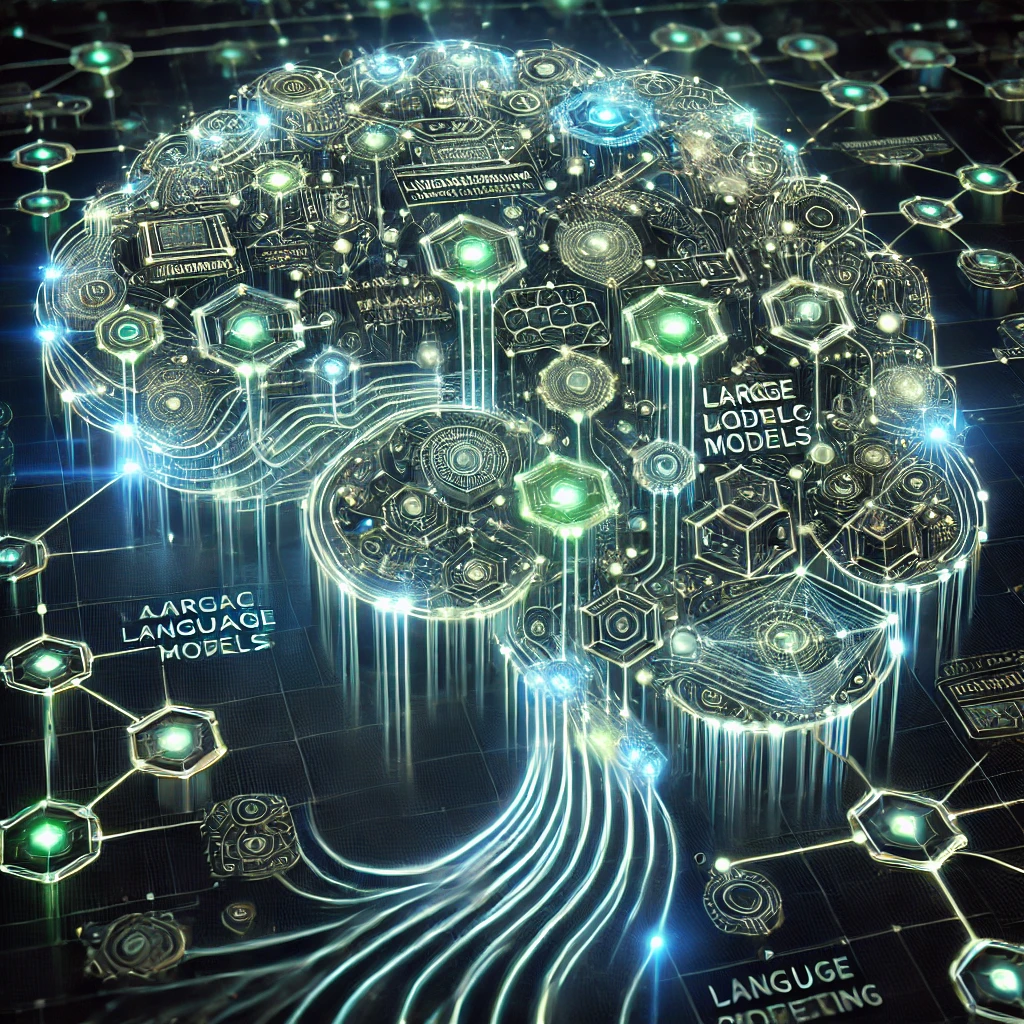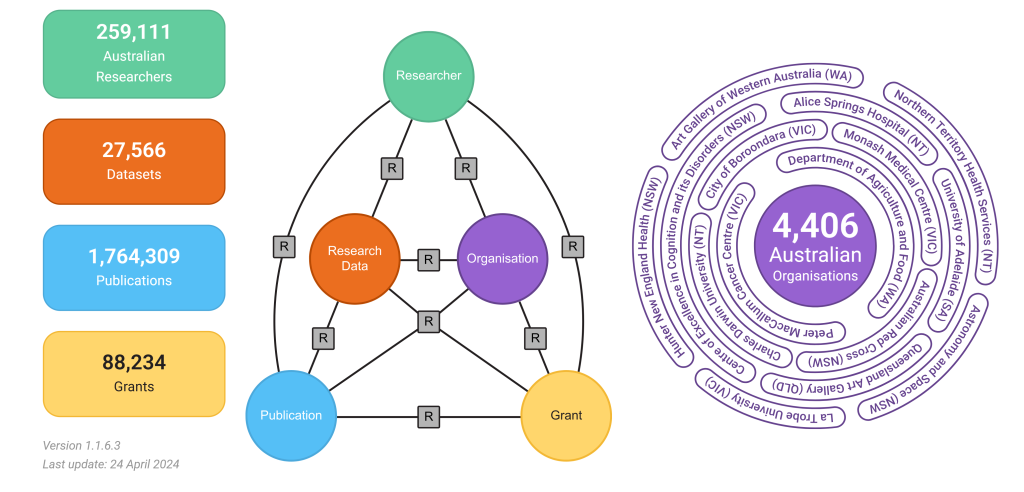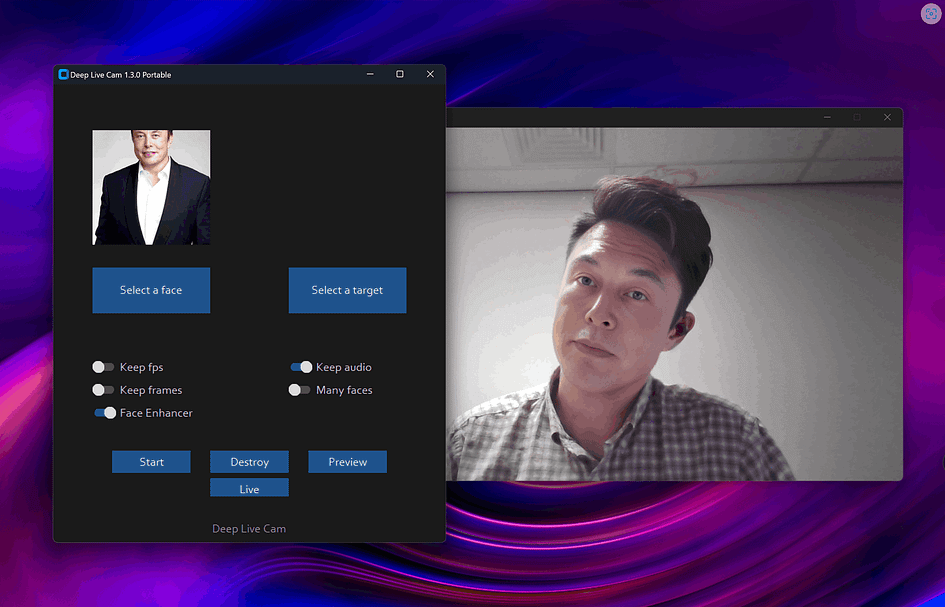From Hallucination to Verification: Making AI Responses More Trustworthy

How Chain-of-Verification Creates More Reliable AI Systems This article explores and analyses the paper ‘Chain-of-Verification Reduces Hallucination in Large Language Models‘ by Shehzaad Dhuliawala and colleagues from Meta AI & ETH Zürich. The paper was published on arXiv in September 2023. Author Introduction As Large Language Models (LLMs) become increasingly integrated into our digital infrastructure, […]
ComfyUI background fusion workflow

Seamless image compositing with SDXL and ComfyUI Author Introduction AI-generated images have become an important tool in the design field, but how to naturally merge people into the landscape background to make the picture look realistic and artistic has always been a challenge. From movie special effects to social media content creation, the technology of seamless […]
Introduction of Persistent Identifiers Graph

A way to optimise scientific research data management Introduction This article is based on the article Introducing the PID Graph published on DataCite. In the field of scientific research, every discovery, paper, and dataset is an important part of the knowledge base. With the explosive growth of scientific research data, how to effectively manage this […]
Contrastive Chain of Thought

Enhancing LLMs to Think Like Humans This article is based on the paper Contrastive Chain-of-Thought Prompting by Yew Ken Chia and others. Introduction In recent years, Large Language Models (LLMs) have demonstrated remarkable performance across a variety of natural language processing tasks. However, their ability to perform complex reasoning remains a key challenge. Unlike humans, […]
Research Graph 102

Using Cypher to work with the Australian National Graph The Australian National Graph is the first large-scale initiative to develop a national PID graph database. Using the Research Graph schema, it connects more than a thousand research organisations to their associated research outputs. Introduction In this article, we look at the graph database developed as […]
Research Graph 101

Research Graph is a heterogeneous network that connects research outputs, research activities and researchers. Author Introduction In this article, we look at Research Graph as an information model, and an approach to connect and capture the connections between research outputs, researchers and research activities. We explore the metadata model, and we discuss how to capture […]
An Introduction to Recurrent Neural Networks (RNNs)

Understanding how RNNs work and their applications Author Introduction In the ever-evolving landscape of artificial intelligence (AI), bridging the gap between humans and machines has seen remarkable progress. Researchers and enthusiasts alike have tirelessly worked across numerous aspects of this field, bringing about amazing advancements. Among these domains, machine learning stands out as a pivotal […]
The Ultimate FLUX.1 Hands-On Guide

Learn to Use FLUX.1: The Unlimited Image Generator Behind Elon Musk’s Grok 2 Author Introduction In this article, we will guide you step-by-step on how to use FLUX.1. The open-source community has welcomed a new text-to-image generation model, FLUX.1, following the releases of SD 3 Medium and Kolors. Developed by former core members of Stability […]
How to use GROBID to extract text from PDF files

Unlocking Knowledge Mining with Machine Learning and Python Integration Author Introduction GROBID is a powerful and useful tool based on machine learning that can extract text information from PDF files and other files to a structured format. One of the key challenges in knowledge mining from academic articles is reading the content of PDF files. […]
How to use Deep Live Cam Real-Time Face Swap and One-Click Video Deepfake with a Single Image

A Step-by-Step Guide: Installation, Usage, and Troubleshooting Author Introduction Although AI face swapping is not a new concept, the ability to “swap your face for live streaming with just one photo” has impressive results and has been made open-source — causing the project to become an instant hit. It soared to the top of GitHub’s […]